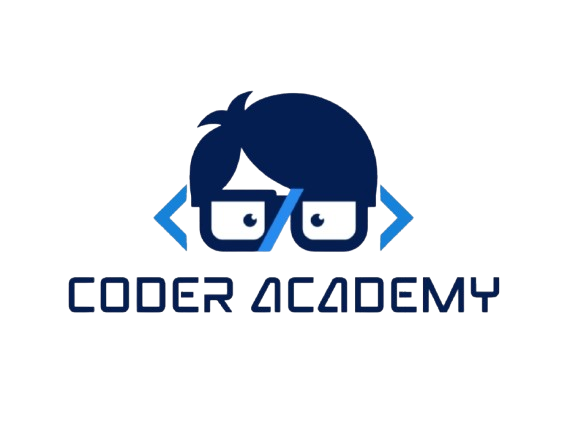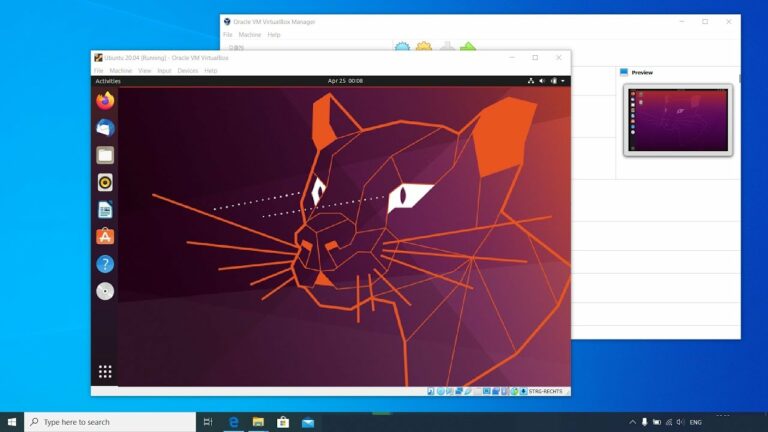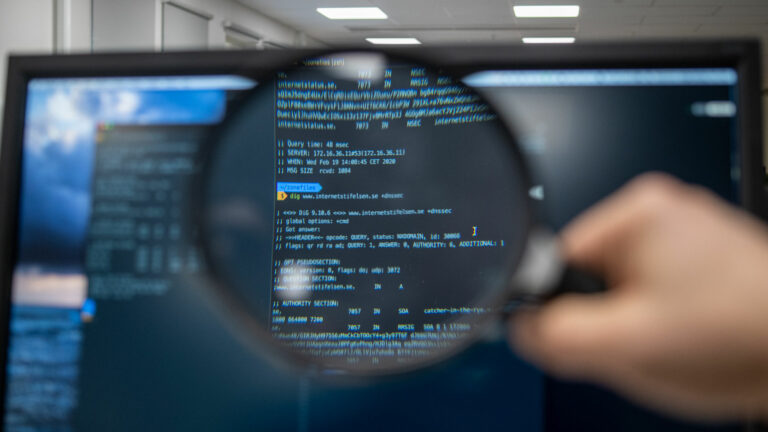Welcome to the first lecture of our training series on Linux system administration. We begin today by exploring the history of Linux, the cornerstone of modern computing. Linux is not merely an operating system, but a cultural and technological phenomenon that redefined how we interact with technology. Understanding its origins and evolution provides essential context for mastering its administration. This lecture will trace Linux’s journey from a modest personal project to a worldwide force, highlighting key milestones, contributors, and the open-source philosophy that drives it. By the end, you’ll understand why Linux is the preferred choice for servers, supercomputers, and embedded systems, setting the stage for our practical work in this course.
Pre-Linux Era: UNIX and the Roots of Open Systems
To understand Linux, we must first look at UNIX, its intellectual and technical predecessor. UNIX emerged in the early 1970s at Bell Labs, developed by Ken Thompson and Dennis Ritchie and others. UNIX was designed for simplicity and consistency, introducing concepts like hierarchical file systems, pipes, and the philosophy of small, single-purpose programs working together. Its portability across hardware platforms made it a favorite in academic and industrial circles.
However, the commercial marketing of UNIX in the 1980s led to fragmentation. The proprietary editions from companies like IBM (AIX), HP (HP-UX), and Sun Microsystems (Solaris) were expensive and restricted users to vendor-specific systems. This created a demand for a free, open alternative. In the meantime, the free software movement led by Richard Stallman was gaining momentum. In 1983, Stallman launched the GNU Project, aiming to create a free operating system similar to UNIX. The GNU tools—bash, GCC, and coreutils—provided the foundation, but it lacked the kernel, the core component that manages device interactions.
There was another predecessor: Minix, a lightweight UNIX-like system created by Andrew Tanenbaum in 1987 for educational purposes. Minix was affordable and ran on modest hardware, making it popular among students. However, its restricted licensing and limited features frustrated some users, including a young Finnish student named Linus Torvalds.
Birth of Linux: Linus Torvalds and the First Kernel
In 1991, Linus Torvalds, a 21-year-old computer science student at the University of Helsinki, began working on a personal project. Frustrated by the limitations of Minix and the cost of commercial UNIX systems, Torvalds decided to write his own UNIX-like kernel. Using a PC with an 86 (486) processor, he started coding a simple kernel to explore low-level device programming. On August 25, 1991, he published a now-famous message on the comp.os.minix newsgroup:
“I’m working on a (free) (just a hobby, won’t be big or professional like GNU) operating system for 386(486) AT… I want to know what features most people want.”
This marked the birth of Linux. Torvalds’s initial kernel was rudimentary, supporting basic terminal emulation and disk access. Unlike Minix, Torvalds released it under the GNU General Public License (GPL) in 1992, allowing anyone to freely modify and distribute it. This decision aligned Linux with the free software movement and attracted developers worldwide.
The Role of the GNU Project and Open Source Cooperation in GNU
While Torvalds provided the kernel, Linux as a full operating system relied on GNU tools. The GNU tools—bash, GCC, and coreutils—formed the user base, enabling practical use. This synergy created the “GNU/Linux” system, though the term “Linux” became more common. The union between GNU and Linux exemplifies the open-source collaborative spirit, where developers freely shared code online—a novel approach at the time.
Linux’s development in its early stages was chaotic yet vibrant. Contributors communicated through mailing lists and Usenet, sending patches to Torvalds, who acted as the gatekeeper. By 1993, Linux supported the X Window System, enabling graphical interfaces. Volunteers formed software package communities, leading to early distributions like Slackware (1993) and Debian (1993). These distributions combined the kernel, GNU tools, and applications, making Linux accessible to non-experts.
1990s: From Hobby to Mainstream
The 1990s marked Linux’s transition from a specialized project to a serious competitor. Key milestones included:
- Release 1.0 (1994): The first stable release supporting multiple architectures like Alpha and SPARC. This signaled Linux’s readiness for broader use.
- Corporate Interest: Companies like Red Hat (founded in 1993) and SuSE (1992) began providing commercial support, legitimizing Linux in institutional environments. Red Hat’s RPM package manager and SuSE’s YaST tool simplified administration.
- Apache and Open Source: Linux powered the Apache web server, contributing to the internet’s growth. By 1998, Linux managed 17% of web servers, challenging Microsoft’s dominance.
- Community Growth: The Linux kernel mailing list (LKML) and events like Linux Expo fostered a global developer community. The penguin icon Tux became a symbol of Linux’s playful yet powerful nature.
2000s: Enterprise Adoption and Legal Challenges
The first decade of the 21st century solidified Linux’s presence in enterprises:
- Release 2.4 (2001) and 2.6 (2003): These releases improved scalability, supporting symmetric multiprocessing (SMP) and large memory. Linux became viable for data centers and supercomputers.
- IBM Commitment: In 2000, IBM pledged $1 billion to Linux, porting it to mainframes and contributing to the kernel. Other giants like Oracle and HP followed suit.
- Ubuntu Rise: Launched in 2004 by Canonical, Ubuntu focused on ease of use, appealing to desktop users and developers. Its regular releases and Debian-based architecture expanded Linux’s appeal.
- SCO Lawsuit (2003-2007): SCO claimed Linux violated UNIX copyrights, suing IBM and others. The open-source community rallied, and courts rejected SCO’s claims, affirming Linux’s legitimacy.
Linux from 2010 to the Present Day: Adoption and Innovation
Linux now dominates diverse fields:
- Cloud Computing: Linux powers AWS, Azure, and Google Cloud. Container technologies like Docker and Kubernetes rely on its lightweight virtualization capabilities.
- Mobile and Embedded Systems: Android, built on Linux, runs on billions of devices. Linux also powers IoT devices, routers, and smart TVs.
- Supercomputing: By 2017, all 500 top supercomputers used Linux thanks to its performance and flexibility.
- Release 5.0 (2019) and Beyond: Modern kernels support real-time computing, AI workloads, and security enhancements like BPF (Berkeley Packet Filter).
Open Source Philosophy and the Impact of Linux
Linux embodies the open-source philosophy: software should be freely available, modifiable, and shareable. This spirit, rooted in Stallman’s and Torvalds’ free software principles, drives innovation. Linux’s standardized design allows customization for servers, desktops, or embedded systems. Its transparency enhances trust, enabling users to audit code for security assurance.
From an economic perspective, Linux disrupted proprietary models. It powers 70% of web servers, 80% of smartphones (via Android), and 90% of cloud infrastructure. Socially, it democratizes technology, enabling communities in developing countries to adopt free solutions. Academically, it serves as a living case of distributed development, with over 20,000 contributors to the kernel by 2020.
Challenges and Criticisms
Despite its success, Linux faces several challenges:
- Desktop Limitations: Linux holds less than 5% of the desktop market, overshadowed by Windows and macOS. Its complex configuration and software compatibility hinder average users.
- Fragmentation: Hundreds of distributions create inconsistency, confusing newcomers and complicating support.
- Security: While Linux is secure, its open nature requires vigilance. High-profile vulnerabilities like Heartbleed (2014) highlight the need for proactive maintenance.
- Corporate Influence: Critics argue that corporate contributors like Intel and Red Hat prioritize business needs over community interests. However, Torvalds maintains strict control over the kernel’s governance.
Linux in System Administration
As a system administrator, you’ll encounter Linux in servers, the cloud, or embedded systems. Its history teaches you about its strengths: flexibility, community support, and cost-effectiveness. Understanding its evolution helps you navigate its ecosystem—distributions, package managers, and kernel modules. This course will build on this foundation, teaching you how to configure, secure, and optimize Linux systems.
Linux in the Workplace
- Google’s Infrastructure: Google relies on Linux for its search engine, YouTube, and Android. Custom distributions and kernel improvements manage massive-scale operations.
- CERN: The Large Hadron Collider uses Linux to process petabytes of data, leveraging its stability and open-source tools like ROOT.
- Raspberry Pi: This Linux-based platform made computing affordable for students and hobbyists, reflecting Linux’s educational roots.
The Future of Linux
Linux’s future looks bright. Trends include:
- Artificial Intelligence and Machine Learning: Frameworks like TensorFlow and PyTorch run on Linux, advancing AI research.
- Edge Computing: Linux kernels support lightweight IoT and 5G networks.
- Security Enhancements: Projects like confidential computing and Rust-based kernel modules aim to strengthen security.
- Community Development: With Torvalds actively involved, the Linux Foundation ensures sustainable growth, balancing corporate and community interests.
Linux’s history is a testament to human ingenuity and collaboration. From Torvalds’ personal project to a global force, Linux redefined computing. Its open-source philosophy, technical excellence, and community spirit make it an essential tool for system administrators. As we progress through this course, you’ll harness Linux’s power and build skills in administration and innovation in a world that relies on it. Let this history inspire you to explore, contribute, and master Linux system administration.
References
- Torvalds, L., & Diamond, D. (2001). Just for Fun: The Story of an Accidental Revolutionary.
- Moody, G. (2001). Rebel Code: Linux and the Open Source Revolution.
- The Linux Foundation. (2020). Linux Kernel Development Report.
- Stallman, R. (2002). Free Software, Free Society.




